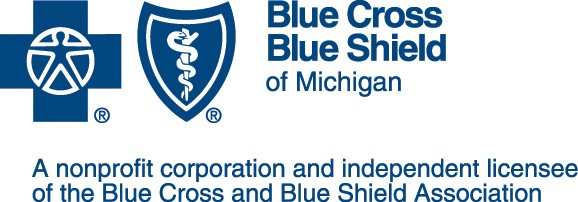GINA 2024: What’s new?

The report is updated yearly and is based, to the best of the group’s ability, on current best evidence, medical knowledge, and practice. Since 2019, when there was a major paradigm shift away from short-acting beta2 agonists (SABA), GINA has advocated that the safest and most effective approach to asthma treatment in adolescents and adults is access to the combination of inhaled corticosteroids and formoterol (ICS-formoterol) across all asthma severity levels. They go so far as to say in this update, that there is an urgent need to ensure access to affordable inhaled medications as part of health care coverage and that appropriate coverage “must now be prioritized by all relevant stakeholders” (GINA 2024, Full Report, pg 15).
A Few Highlights (pgs 19-22):
- All patients with asthma, regardless of severity, should receive ICS-containing therapy.
- Peak Flow Monitors –while less reliable, are better than assessing symptoms alone and can be used to help diagnosis and management in areas where there is low or no access to spirometry.
- Cough Variant Asthma has been added as a variant. With cough variant asthma, spirometry may be normal and variable airflow present only from bronchial provocation testing. Some patients may later also develop wheezing and bronchodilator responsiveness.
- Asthma Control = symptom control + future risk of adverse outcome
- Assessment of asthma control should not be limited to just that past 4 weeks and must include symptoms and risk of exacerbations (calendaring history), risk of accelerated decline in lung function and for risk for medication adverse effects.
- The level of asthma control is the extent to which the features of asthma can be observed in the patient or have been reduced or removed by treatment.
- Remission of asthma- outlines framework for clinical practice and research about clinical and complete remission in children and adults, both off-treatment and on-treatment.
- Reminder that the definition of asthma severity is based on retrospective assessment, after at least 2-3 months of asthma treatment, from the intensity of treatment required to control symptoms and exacerbations.
- High-dose inhaled steroids should only be used for short-term use to minimize the potential for side effects.
- Severe asthma patients on biologics should not stop ICS-formoterol (MART). Review of studies supports MART in patient taking Step 5 treatment.
- Pulmonary Rehabilitation for asthma- improves functional exercise capacity and quality of life for patient with asthma.
- FeNO- can be used to help guide treatment decisions in patients with severe asthma.
- Vaccination against respiratory illness is important.
- ICS-formoterol can be used to pre-treat for exercise.
Risk Factors for Poor Asthma Outcomes
Uncontrolled asthma symptoms = risk factor for exacerbations! The following factors increase the risk of exacerbations even if the patient has few symptoms (pg 37):
- SABA over-use: >3 x 200-dose canisters per year is associated with increased risk of exacerbations, increased mortality particularly if > 1 canister per month.
- Not prescribed ICS, poor adherence, or incorrect inhaler technique.
- Obesity, chronic rhinosinusitis, GERD, confirmed food allergy, pregnancy.
- Exposures: smoking, e-cigarettes, allergen exposure if sensitized, air pollution.
- Lung function: Low FEV1 (especially <60% predicted), high bronchodilator responsiveness.
- Type 2 inflammatory markers: higher blood eosinophils, high FeNO.
- Exacerbation history: ever intubated or in ICU for asthma, >1 severe exacerbation in last year.
Terminology (pg 70)
- Maintenance: medications intended to be used continuously, refers to frequency of use
- ICS-containing Treatment- controller medications
- Reliever: medications used as needed (PRN) for symptom relief.
- SABA
- ICS-formoterol
- ICS-SABA
- Anti-inflammatory Reliever (AIR): reliever that has both ICS and rapid-acting bronchodilator.
- ICS- formoterol
- ICS-SABA
- Maintenance and Reliever Therapy (MART): ICS-formoterol used for both maintenance and reliever.
Track 1: 12 & Older
Steps 1-2
PRN-only
ICS-formoterol 160/4.5
One dose as needed (12 max)
Step 3
MART
ICS-formoterol 160/4.5 one-two puffs once daily
+
One puff PRN (12 max)
Step 4
MART
ICS-formoterol 160/4.5 two puffs twice daily
+
One puff PRN (12 max)
Step 5
Refer to a Specialist

